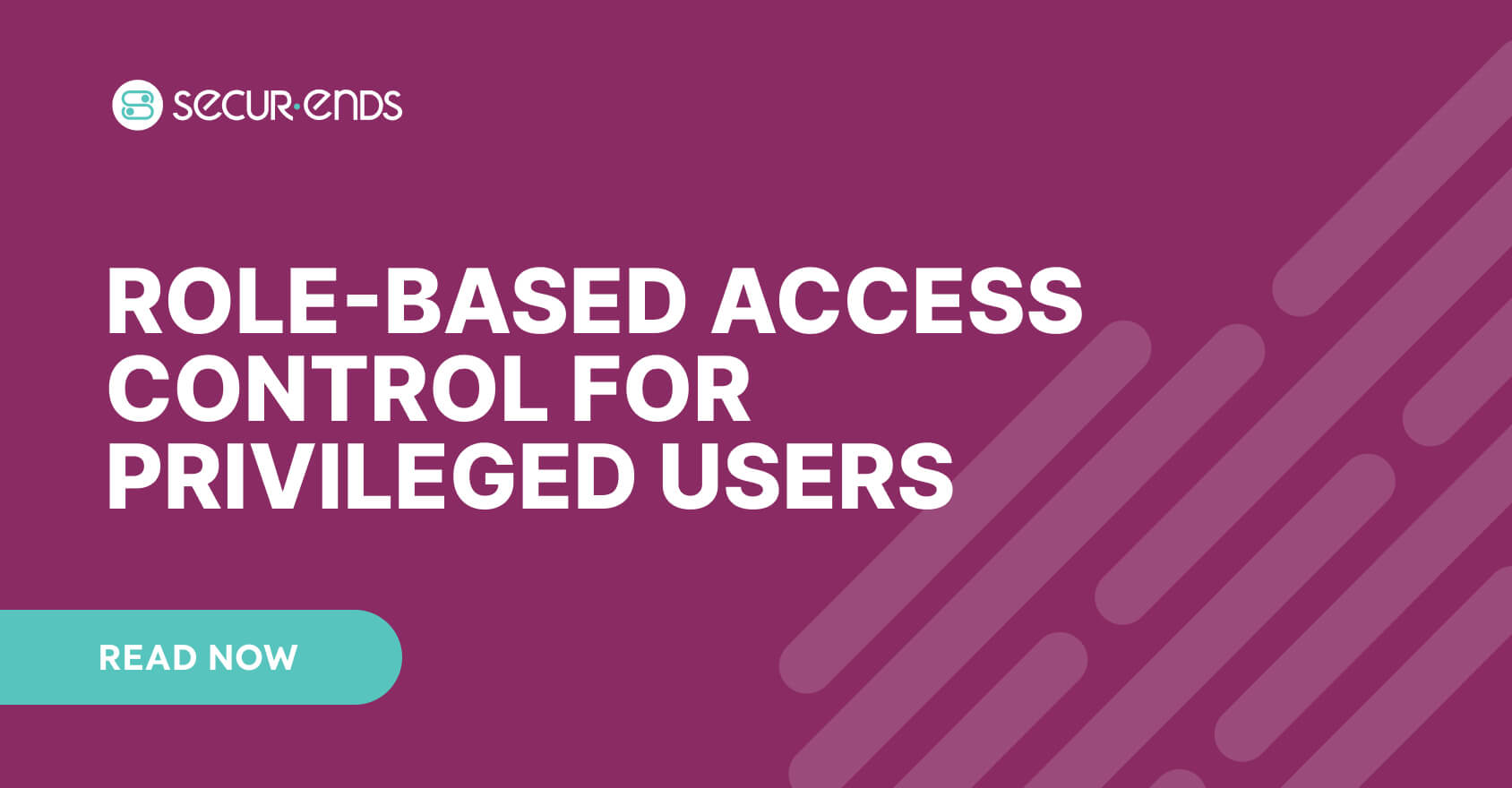Role-Based Access Control for Privileged Users: A Governance-Centric Approach
Role-Based Access Control for Privileged Users: A Governance-Centric Approach

Introduction
Privileged accounts are a double-edged sword. On one hand, they’re essential for running IT systems. On the other, they’re a hacker’s favorite target. Admin logins, DevOps service accounts, or cloud superusers—if compromised, the damage can be devastating. That’s why organizations are turning to Role-Based Access Control for Privileged Users as a safer, more scalable way to govern access.
Instead of giving out permissions one by one, RBAC groups them into roles tied to real job functions. Pair this with governance, and suddenly you have a model that’s not only secure but also audit-ready. In this post, we’ll look at what RBAC means, why it matters for privileged accounts, where it falls short, and how platforms like SecurEnds take it further with automated governance.
Understanding RBAC in Modern Security
What is Role-Based Access Control?
At its core, Role-Based Access Control for Privileged Users is simple: you don’t assign permissions to people—you assign them to roles, and people inherit those roles. A “Database Admin” role, for example, might allow schema updates. A “Finance Analyst” role only allows reporting.
How it differs from other models
Discretionary access control lets individuals set permissions. Attribute-based models check contextual rules. RBAC stands in between—structured, predictable, and especially useful for privileged accounts.
Who Are Privileged Users — And Why Are They High Risk?
Types of privileged accounts
- System admins controlling operating systems
- DevOps engineers managing cloud deployments
- Service accounts running automated scripts
Why the risk is so high
Privileged accounts often have access that regular employees never see. Without Role-Based Access Control for Privileged Users, these rights sprawl quickly, creating blind spots for IT and compliance. The bigger the sprawl, the bigger the risk.
Why RBAC Is Critical for Privileged Access
Reduces complexity in assignments
Instead of handpicking permissions for every new engineer, RBAC lets you drop them into a predefined role.
Enforces least privilege
Role-Based Access Control for Privileged Users ensures accounts aren’t overloaded with unnecessary rights. Admins get what they need—nothing more.
Simplifies audits and reviews
When auditors ask why a user has certain access, you point to the role. The mapping is clean, logical, and defensible.
Implementing RBAC for Privileged Users
Role design: map to tasks
The hardest part of Role-Based Access Control for Privileged Users is designing roles that actually mirror real-world tasks.
Segregation of Duties (SoD)
By splitting roles—say “Payment Initiator” and “Payment Approver”—you prevent fraud.
Handling exceptions
Sometimes a privileged user needs temporary elevated rights. That’s where just-in-time access pairs perfectly with RBAC.
RBAC Limitations and the Need for Governance
When roles bloat
Roles can quietly collect more and more permissions. Suddenly, your “Read-Only Analyst” role isn’t read-only anymore.
Static vs dynamic needs
Today’s cloud-driven world changes daily. Static roles often can’t keep up.
Why reviews matter
This is why governance is key. Periodic access reviews validate that Role-Based Access Control for Privileged Users is still accurate.
How SecurEnds Helps Enforce RBAC for Privileged Users
Role discovery
SecurEnds analyzes entitlements across SaaS, cloud, and AD to recommend role groupings.
Automated certifications
Privileged access reviews confirm that each user’s role is correct. With Role-Based Access Control for Privileged Users baked into workflows, campaigns run faster and with fewer errors.
Just-in-Time integration
SecurEnds takes it further by pairing RBAC with JIT—temporary, auto-expiring roles for privileged tasks.
Expert Insights
A senior analyst once noted: “RBAC is only as strong as the roles you define.” That’s especially true for privileged users, where the stakes are highest.
Gartner research echoes this: the future lies in combining Role-Based Access Control for Privileged Users with continuous governance, not in relying on static PAM controls alone.
FAQs
Q1: What’s the difference between RBAC and ABAC?
RBAC uses roles. ABAC uses attributes like device, location, or time. For privileged accounts, RBAC is simpler and more audit-friendly.
Q2: Can RBAC prevent privilege escalation?
Yes—if well-governed. Role-Based Access Control for Privileged Users blocks many escalation attempts by limiting roles to essential rights.
Q3: How do I audit role definitions?
By running access certifications. SecurEnds automates these reviews, keeping roles lean and defensible.
Q4: Can RBAC be dynamic?
Yes, when paired with JIT. Roles are static, but governance tools can overlay time-bound access.
Conclusion
Privileged accounts carry enormous risk. Role-Based Access Control for Privileged Users provides a scalable framework to rein in that risk—streamlining permissions, enforcing least privilege, and making audits far less painful. But RBAC is not set-and-forget. Roles drift, needs change, and governance keeps everything aligned.
With SecurEnds, organizations get both: strong RBAC for privileged accounts and automated governance that keeps it trustworthy. That’s how you balance control, compliance, and agility in one model.